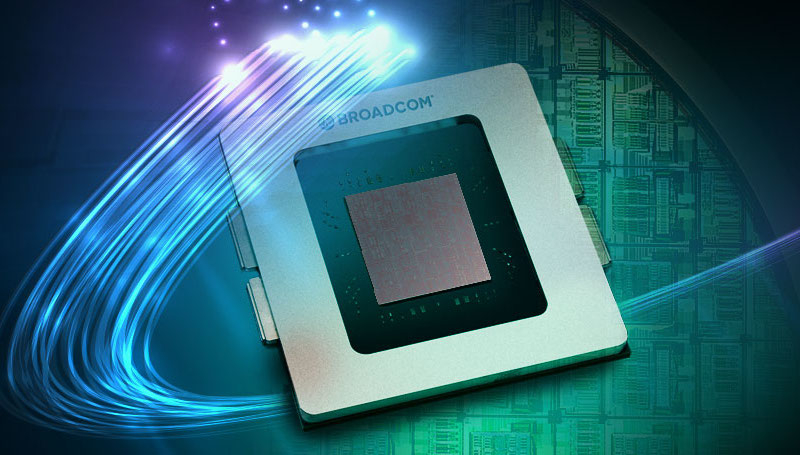Intel is going through tough times, and there is increasing talk of a possible takeover of the iconic company. This scenario is considered unlikely, but these are unpredictable times. If you take out aspects like money, strategy, and regulatory approval, there are still several obstacles. The main one is Intel’s license for the x86 architecture.

Image source: amd.com
When Intel and AMD resolved their long-running dispute over x86, they entered into a cross-license agreement that included a switch-of-ownership clause. If one company entered into a takeover, the other had the right to cancel the license, thereby blocking the deal. At the time of signing, it was probably believed that AMD was in danger of being taken over, but the switch-of-ownership clause works both ways, and times have changed.
The most likely buyer of Intel is Broadcom. If the process starts, AMD will have several options. The starting position of the “reds” will probably be to refuse and block the deal. Broadcom is a formidable competitor, and in its new capacity the threat to AMD will not even be Broadcom itself, but a renewed Intel under the leadership of a new owner. But even on the brink of decline, Intel also poses a serious problem for AMD: the two companies are closely linked by the x86 architecture, which must be supported. This means that the parties will have to negotiate.

Image source: broadcom.com
AMD could demand compensation for approving the deal, and there is clearly a certain amount that Broadcom would find unattractive to take over Intel. We are probably talking about several billion dollars. But there are also things that are more important to AMD than money. The company could ask Broadcom for help in the fight against Nvidia, and there are several scenarios in which both sides would benefit from the partnership. Broadcom could increase investments in Ultra Ethernet and other AMD networking solutions, or develop a network stack that can only integrate with AMD Mi300 AI accelerators. The Reds could require Broadcom to provide an incentive for its many AI ASIC customers to adopt AMD-compatible network interfaces.
Another option is to ask Broadcom to funnel some of its business to ZT Systems, which is now owned by AMD. AMD intends to sell the ZT manufacturing business after the deal closes, but Broadcom’s sizable order book would be welcome. It could also ask Altera, a direct competitor to AMD’s Xilinx, to remain independent, and even more: to commit Broadcom to using Xilinx technology more actively in future products and reference designs. Broadcom could do all of these things at minimal cost, but they could be extremely valuable strategically for AMD.
These are all purely hypothetical, but they do show that a potential buyer of Intel would have some serious hurdles to overcome. There are virtually no players who could offer AMD strategic compensation of comparable value—most would settle for cash. The likelihood of an Intel takeover remains small, but if it happens, the deal would have a significant impact on the entire tech industry.